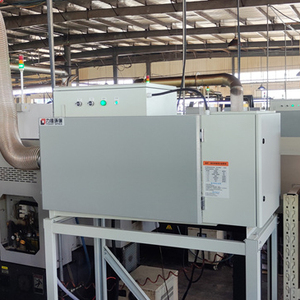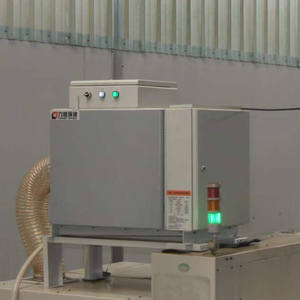Understanding the Electrostatic Deduster: A Key Player in Dust Control
The electrostatic deduster is an innovative tool designed to efficiently remove particulate matter from various surfaces through electrostatic charges. In industrial and commercial environments, dust accumulation can hinder productivity and pose health risks, making the installation of an electrostatic deduster essential for maintaining a clean and safe workspace. This comprehensive guide explores the types, functionality, features, and applications of electrostatic dedusters, highlighting their importance in various industries.
Types of Electrostatic Dedusters
Electrostatic dedusters come in several types, each tailored to suit specific applications. Understanding the various models can assist industries in selecting the right equipment for their needs.
- Portable Electrostatic Dedusters: These are compact and easily movable units ideal for spaces that require flexible dust removal solutions.
- Static Electrostatic Dedusters: Fixed installations designed for larger areas, these units feature a grid-like structure that activates electrostatic charges to efficiently eliminate dust particles.
- High-Voltage Electrostatic Dedusters: These systems operate at higher voltages and are often used in industrial settings where extensive dust control is paramount.
- Customized Electrostatic Dedusters: Tailored to specific industry requirements, these units can be modified for unique dust control scenarios.
Function and Feature of Electrostatic Dedusters
The functionality of an electrostatic deduster is grounded in its ability to charge dust particles, making them adhere to collection surfaces or filters. This process significantly enhances dust collection efficiency.
- Electrostatic Charging: Dust particles receive a negative charge, allowing them to be easily attracted to positively charged surfaces.
- Improved Air Quality: By removing fine particulates from the air, these dedusters contribute to healthier indoor environments.
- Energy Efficient: Utilizing electrostatic technology means reduced energy consumption compared to traditional dust collection methods.
- Low Maintenance: Many models require minimal maintenance, as the electrostatic plates can be cleaned easily and reused.
Applications of Electrostatic Dedusters
Electrostatic dedusters are versatile tools used across various industries, demonstrating their wide-reaching benefits.
- Manufacturing: Essential in factories where dust from production processes can impede machine performance and worker safety.
- Food Processing: Helps maintain hygiene standards by efficiently removing powder fines and dust that could contaminate food products.
- Pharmaceuticals: In environments requiring stringent cleanliness, electrostatic dedusters play a critical role in maintaining air quality.
- Aerospace and Automotive: Useful in preventing dust accumulation on sensitive components during manufacturing and assembly.
Advantages of Using Electrostatic Dedusters
The adoption of electrostatic dedusters brings with it a host of advantages that enhance operational effectiveness and ensure a conducive working environment.
- Enhanced Dust Control: Provides superior performance in removing dust particles compared to traditional systems.
- Cost-Effective: Lower energy consumption and minimal maintenance costs translate to significant savings over time.
- Eco-Friendly: Reduced energy usage and lesser waste contribute to greener operational practices.
- Improved Safety: Maintaining a dust-free environment minimizes health risks for employees, adhering to workplace safety regulations.



















































































































































































































